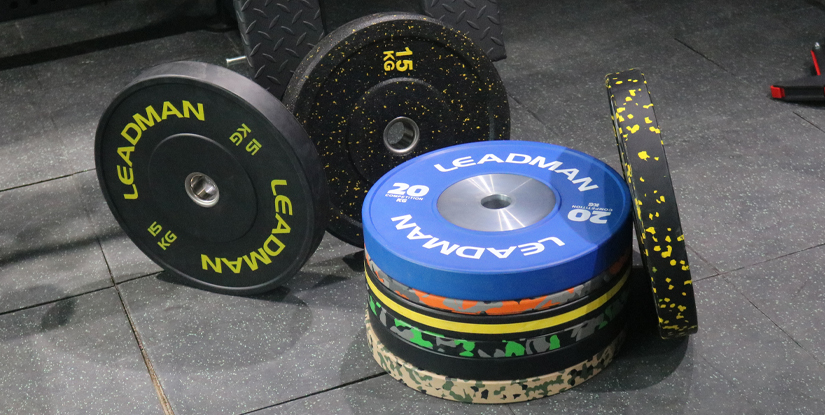V Bar Lat Pulldown: Technique, Benefits and Programming

Overview
The V bar lat pulldown is a staple exercise for targeting the latissimus dorsi and developing a wider, thicker back. Performed on a cable machine using a V-shaped handle, this variation emphasizes mid-back contraction and scapular retraction while reducing biceps dominance compared to standard close-grip rows. It is a versatile movement suitable for strength, hypertrophy, and muscular endurance programming when executed with consistent technique.
Muscles Targeted
Primary emphasis is placed on the latissimus dorsi. Secondary contributors include the teres major, rhomboids, middle and lower trapezius, posterior deltoids, and forearms. The V bar position shifts the pull vector to facilitate elbow drive toward the torso, increasing recruitment of the inner lats and mid-back musculature.
Equipment and Setup
Use a high-pulley cable station equipped with a V-shaped (close-grip) handle. Adjust the knee pad so hips are stable and feet are flat. Choose a load that allows controlled eccentric and concentric phases. Maintain an upright to slightly reclined torso angle to optimize lat engagement without excessive torso lean.
Proper Technique (Step-by-Step)
- Grip and Starting Position: Sit upright, grasp the V handle with a neutral (palms facing) grip. Hands should be centered and close together on the handle. Align knees under pads and fix feet.
- Scapular Set: Prior to initiating the pull, depress and retract the scapulae to create lat tension and reduce reliance on the arms.
- Execution: Pull the handle toward the lower chest/upper abdomen by driving the elbows down and back. Keep the torso stable; a slight lean is acceptable but avoid excessive swinging.
- Range of Motion: Achieve full scapular retraction at the bottom without forcing hyperextension. Control the return phase, allowing the lats to lengthen under tension.
- Breathing: Exhale during the concentric pull and inhale during the eccentric release.
Programming Guidance
For hypertrophy, use 8–12 repetitions for 3–5 sets with 60–90 seconds rest, focusing on time under tension and full range. For strength, perform 4–6 repetitions with heavier loads and longer rest (2–3 minutes). For endurance or conditioning, 12–20 repetitions with shorter rest can be effective. Integrate the V bar lat pulldown as a primary horizontal pull variation on upper-body or back-focused days, or as an accessory on full-body sessions.
Common Technique Errors
- Using momentum: Excessive trunk lean or jerking reduces lat activation and increases lower-back stress.
- Elbow dominance: Letting the biceps do the work by initiating with the forearms decreases lat engagement—prioritize elbow drive and scapular retraction.
- Incomplete range: Not fully retracting the scapula or failing to control the eccentric phase limits adaptations.
- Overloading: Selecting too heavy a weight sacrifices form and elevates injury risk.
Variations and Alternatives
- Neutral-grip seated row: Similar elbow path with greater horizontal pull component.
- Close-grip pulldown with straight bar: Maintains close hand placement but changes wrist angle.
- Single-arm cable pulldown: Addresses unilateral imbalances and enhances core stability.
- Pull-ups with V-bar or neutral-grip: Bodyweight alternative for similar muscle emphasis.
Safety and Maintenance
Inspect the V handle and cable attachments before use. Maintain controlled tempo and avoid hyperextending the lumbar spine. If shoulder discomfort occurs, reduce range, adjust grip height, or substitute with a neutral-grip variation. Athletes with pre-existing shoulder or elbow conditions should consult a qualified professional before heavy loading.
FAQs
- Q: Is the V bar pulldown better than wide-grip for lats? A: It emphasizes lower and mid-lats and scapular retraction; wide-grip targets outer lats and upper lat fibers more.
- Q: How often should I train this exercise? A: 1–3 times per week depending on total volume and recovery.
- Q: Should I use straps? A: Use straps if grip fails before the lats, but avoid overreliance to preserve grip strength.
- Q: Optimal rep range for size? A: 8–12 reps per set is effective for hypertrophy with controlled tempo.
- Q: Can beginners perform it? A: Yes, with light loads and emphasis on scapular control and technique.
- Q: What common pain indicates poor form? A: Sharp anterior shoulder pain or lower-back strain suggests technique or load issues.
- Q: How to progress? A: Increase load gradually, add sets or reps, vary tempo, or use paused contractions.
- Q: Is full stretch necessary? A: A controlled eccentric stretch is beneficial; avoid forcing hyperextension.
- Q: Should I alternate grips in a program? A: Yes, rotating grips prevents plateaus and addresses different lat regions.

